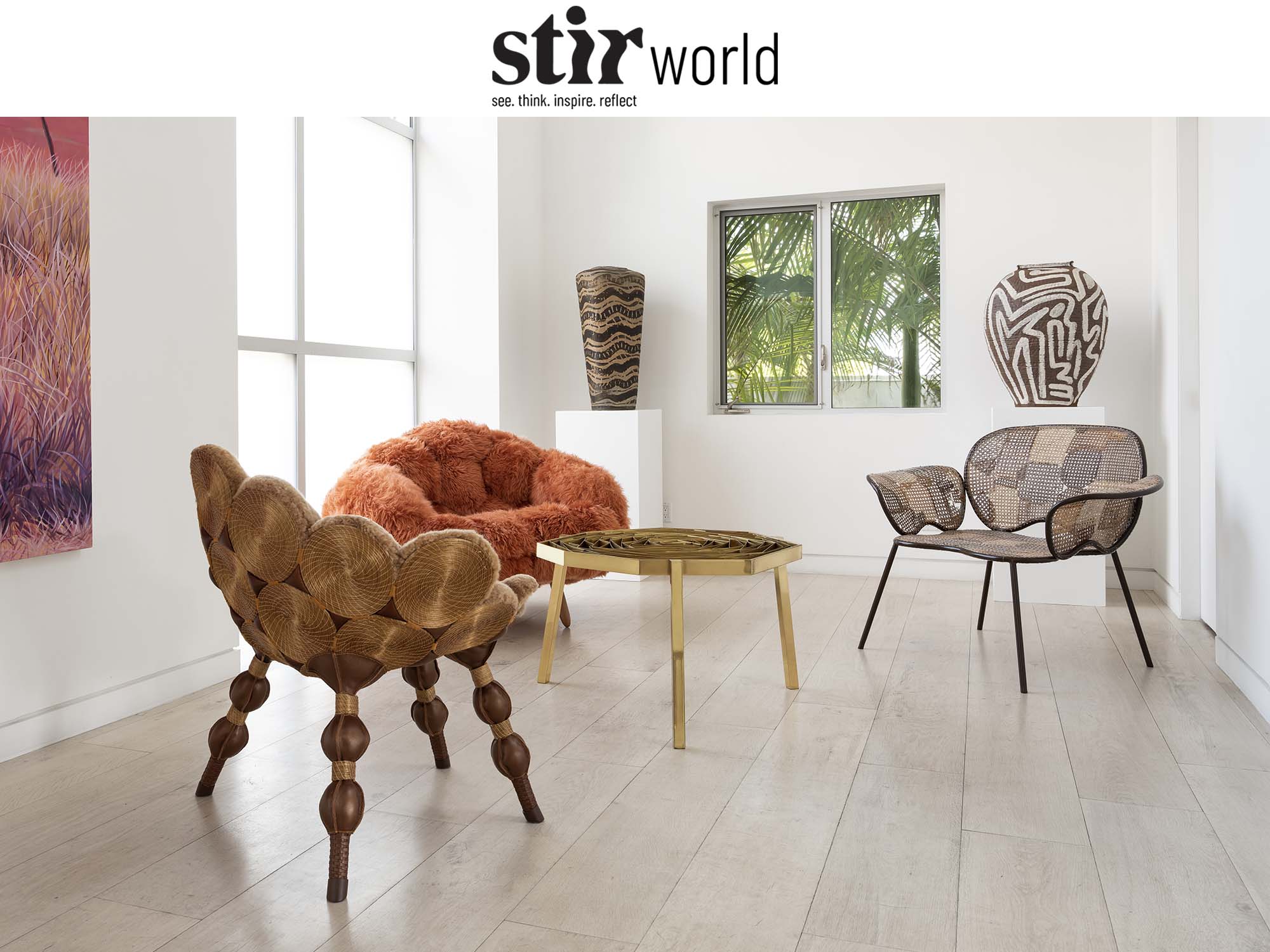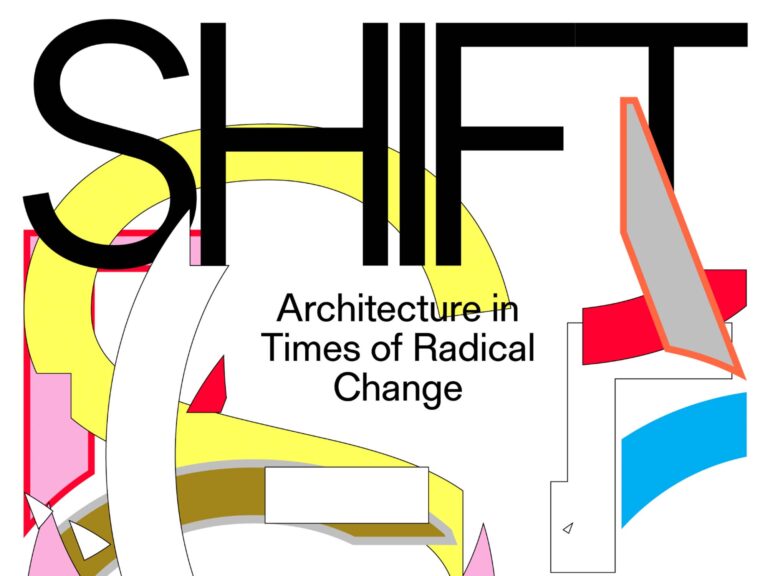By Sunena V. Maju
If one were to define the exemplary design language of Estúdio Campana and the Campana brother that envisions industrial objects into design, it would be ‘A creative chaos of simple materiality.’ As the design world continues to celebrate the legacy of Brazilian designer Fernando Campana, Friedman Benda in Los Angeles pays homage to the designer and the prolific contribution of Estúdio Campana‘s 35 years with the exhibition ‘Cine São José’. Based in São Paulo , Brazil, Fernando and Humberto founded the studio in 1984. By using everyday materials, they created objects that blurred the line between functional art and collectable design. Estudio Campana’s style of design lies in translating the industrial nature of mass-produced materials into a product of craftsmanship. ‘Cine São José’ at Friedman Benda is an inventive exploration of the studio’s past and present.
The title of the exhibition ‘Cine São José’, has been referenced from the cinema in the Campana brothers’ hometown, Brotas in Brazil. Tracing the stories of the duo’s earlier days, they spent a significant part of their youth at the cinemas, as the silver screen was their main window to the world. In conversation with STIR for the UNSCRIPTED series, the late Fernando previously shared how the world of cinema was his only route to learning the mysteries of the universe. “My inspirations are rooted in the fond memories of climbing walls at night to watch movies, creating playful objects from things found in the backyard and the rich heritage of culture and nature.” These influences have been widely seen in Estúdio Campana’s creations as well, where they brought in Brazilian characteristics – the colours, the mixtures, the triumph of simple solutions— in the poetic flow of Italian design prowess.
“The show is a chronology, tracing iconic works, that are not only imbued with local, social, artistic, and personal contexts but show what in the words of British writer, Deyan Sudjic calls the ‘recalibration’ of objects of contemporary design,” shares the gallery in the official release. In the exhibition, one will find an extensive collection of objects that probes into the studio’s influence in the 21st century. Along with the works drawn from the first 15 years of the studio’s existence, ‘Cine São José’ also premieres some new works bringing forth the studio’s core ideologies.
Exploring personal expression and everyday materiality, the Yanomani Chair (1989) is one of the studio’s earliest pieces exhibited at the show. The chair, forged of iron with irregular cutouts made using a blow torch, is part of a seminal early series of about 20 chairs called the Desconfortáveis (Uncomfortable) collection. Triggered by these experiments they created The Plástico Bolha Chair (1995) using stacked sheets of industrially produced bubble wrap bolted to a simple steel frame. Following this, The Sushi Series in the early 2000s was led by their desire to create a design that was sustainable and a reflection of their surroundings. A celebration of the overlapping cloth patterns seen in the textiles in São Paulo’s households, the Sushi Mirror and Wave Buffet adorns the concentric patterns of fabrics.
Moving away from this pattern of industrial and minimalist aesthetics, in 2009, they created the Cartoon Chair using plush toys as upholstery. This unveiled the Campana brothers’ orientation towards recontextualising daily materials into surrealist, whimsical or humorous references. “The emphasis on local materials and methods of making – both manufactured and handcrafted – is a continuous avenue of exploration for the studio, and wicker and natural fibres are signature materials to which the studio returns to mine. Continuing into the late 2010s, the journey included gathering and solidifying signature themes while expanding on the purview of the studio. Highly personal themes find their way into the work, including the brothers’ connection to nature,” states the gallery.
Also featured at the exhibition are The Detonado series (since 2013) which integrates collaged, reclaimed Thonet wicker seats, the new Jalapão Chair (2022) suggesting a reactivated sophistication and complexity of design, and The Noah series responding to the climate change and the destruction of natural habitats in the current world. “In addition to the Jalapão Chair, the recent forays include the Galactica sofa (2020), in which traditional leather takes shape over Styrofoam originally made as packing materials for electronics and other consumer products. Normally discarded, these forms are joined together to create an armature, thereby imbuing the sofa with commentary, a reality on the ground – all the while with a lightness of touch and spirit through materials, colour, accumulation and sheer innovation in design, uniquely their own,” adds the gallery.
The exhibition ‘Cine São José’ is on display at Friedman Benda in Los Angeles, California from February 15, 2023 to April 15, 2023.










